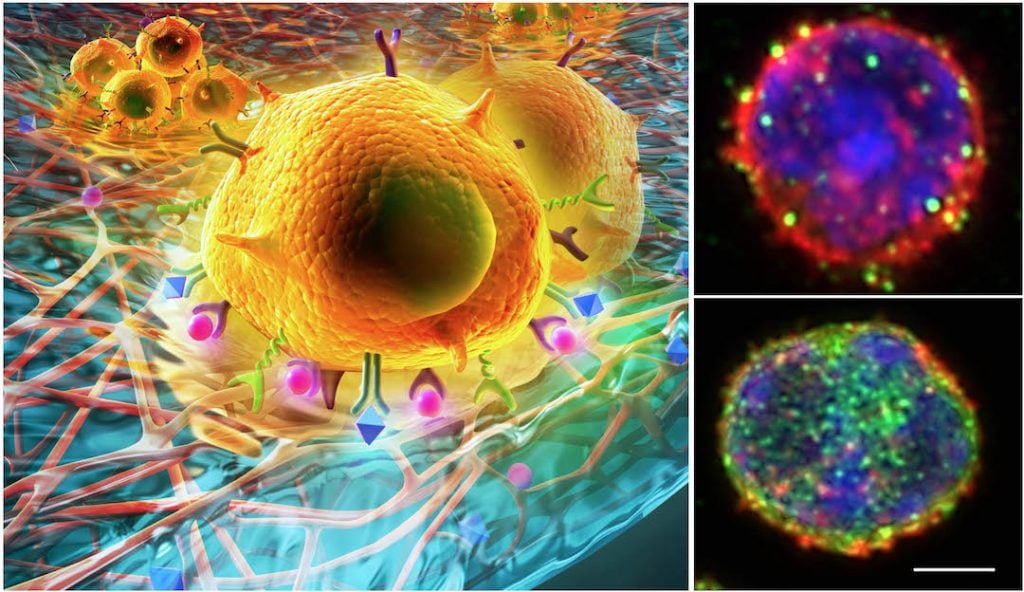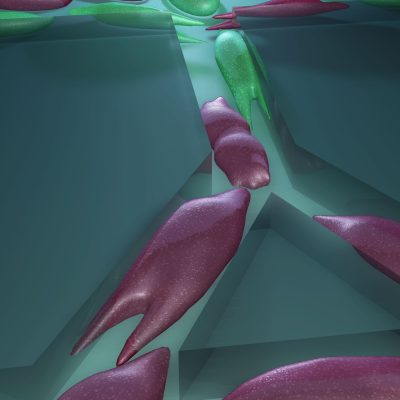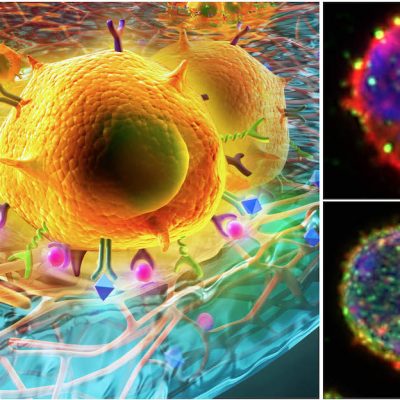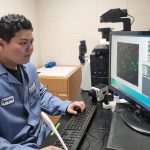National Nanotechnology Day 2019

Every year, October 9 marks the day to celebrate and raise awareness on how nanotechnology has enriched our lives. No matter how it is mathematically expressed—10-9, 0.000000001, or 1/1,000,000,000—the prefix “nano” indicates units of time and length that are so infinitesimal that they are difficult to imagine. For example, a sheet of paper is about 100,000 nanometers thick, a strand of human DNA is 2.5 nanometers in diameter, and your fingernail grows one nanometer per second!
So why do Institute for NanoBioTechnology researchers work at the nanoscale? To be able to improve and find solutions to many health care needs, researchers must enter the environment of the cellular world where many biological functions take place, and that happens at very small scales.
To see, manipulate, and control this tiny environment, researchers need a variety of tools adapted to its scale. The materials they use to do this, when built on the nanoscale, behave differently. Properties such as their chemical reactivity, melting point, and permeability, change relative to size. This means researchers are better able to tailor materials for specific needs. Because of this, INBT is creating a wide range of medical tools, tests, and therapies to better assist clinicians and patients.
Check out some of INBT’s small-scale research from this past year.









